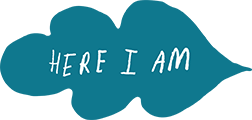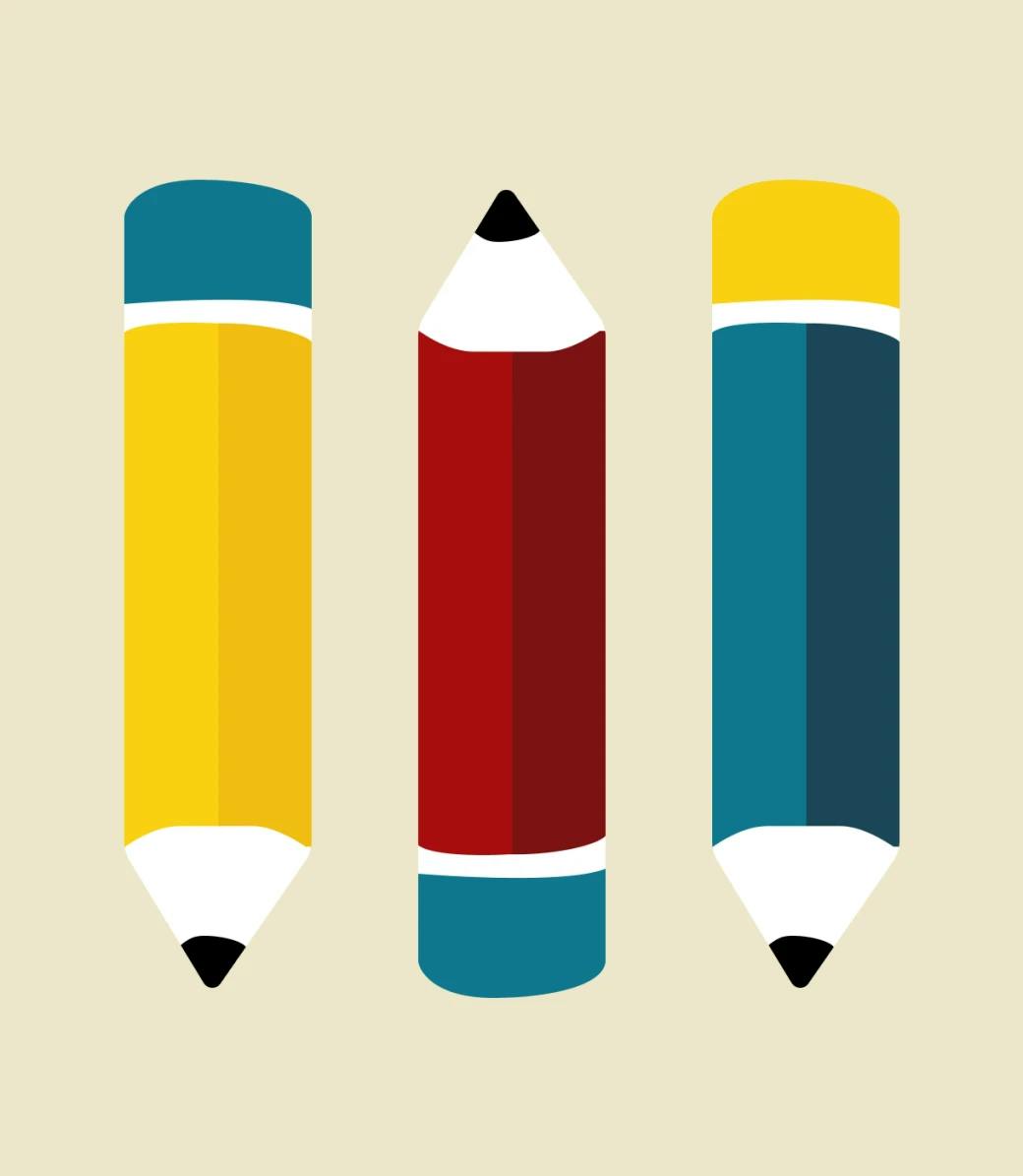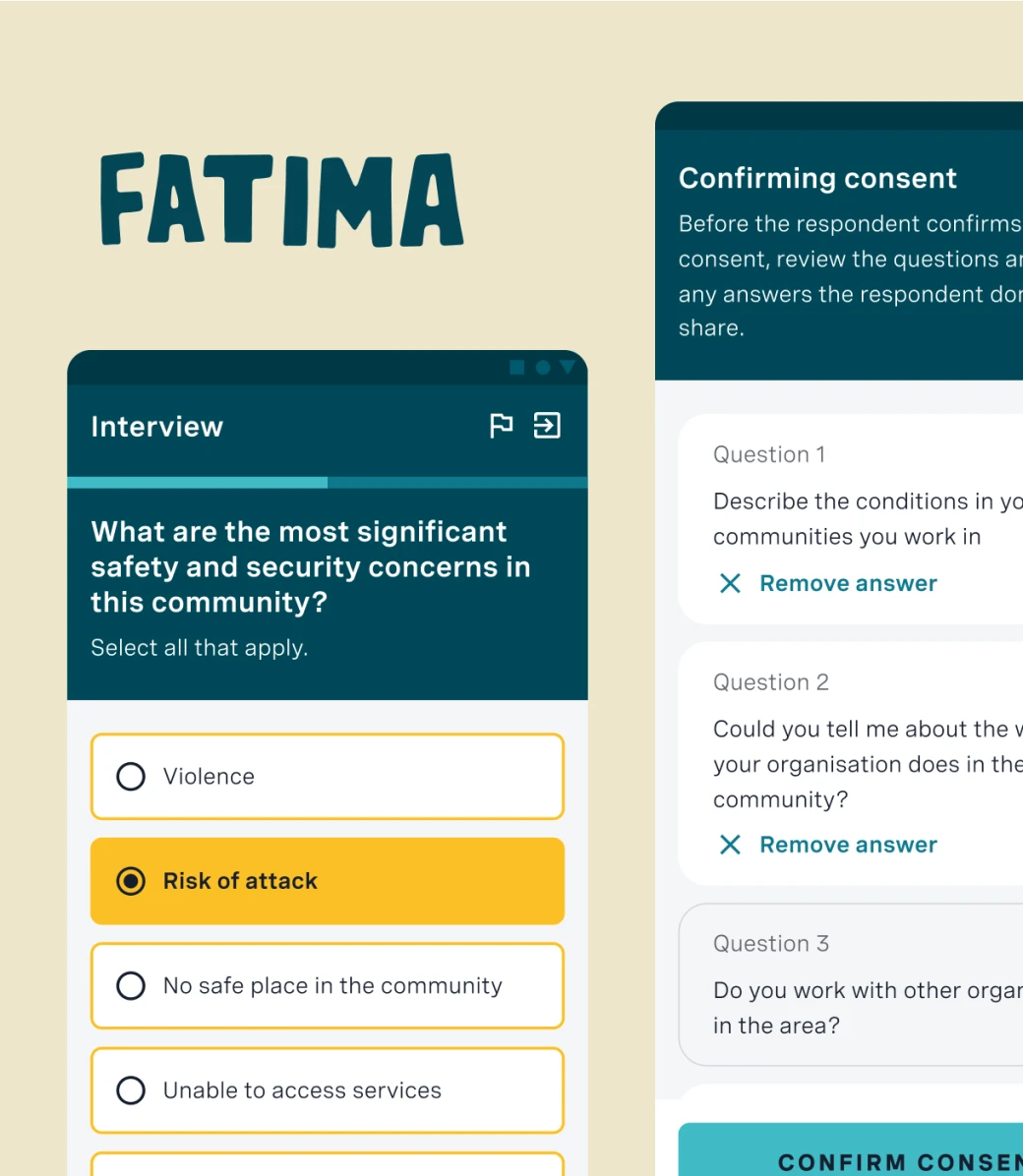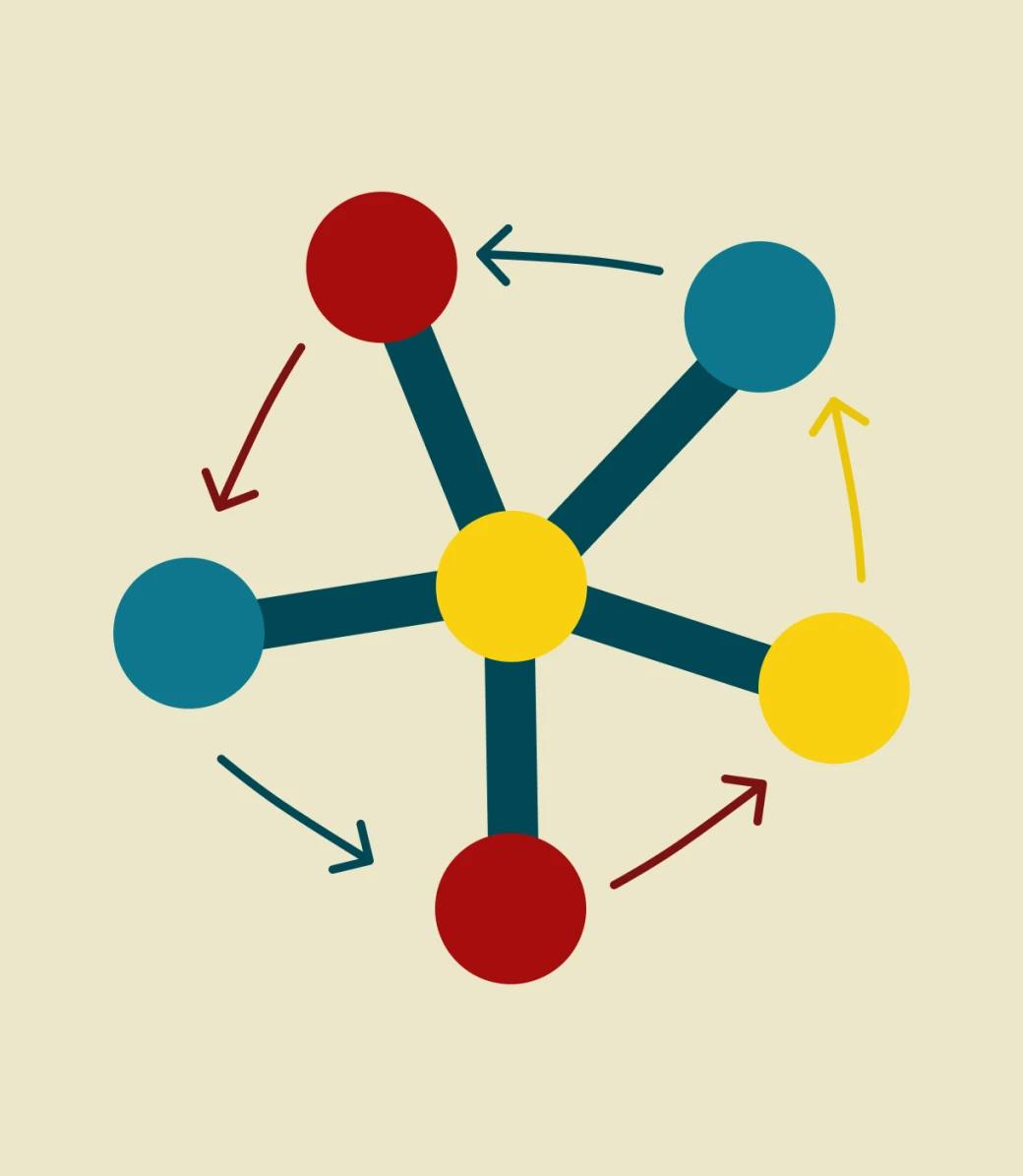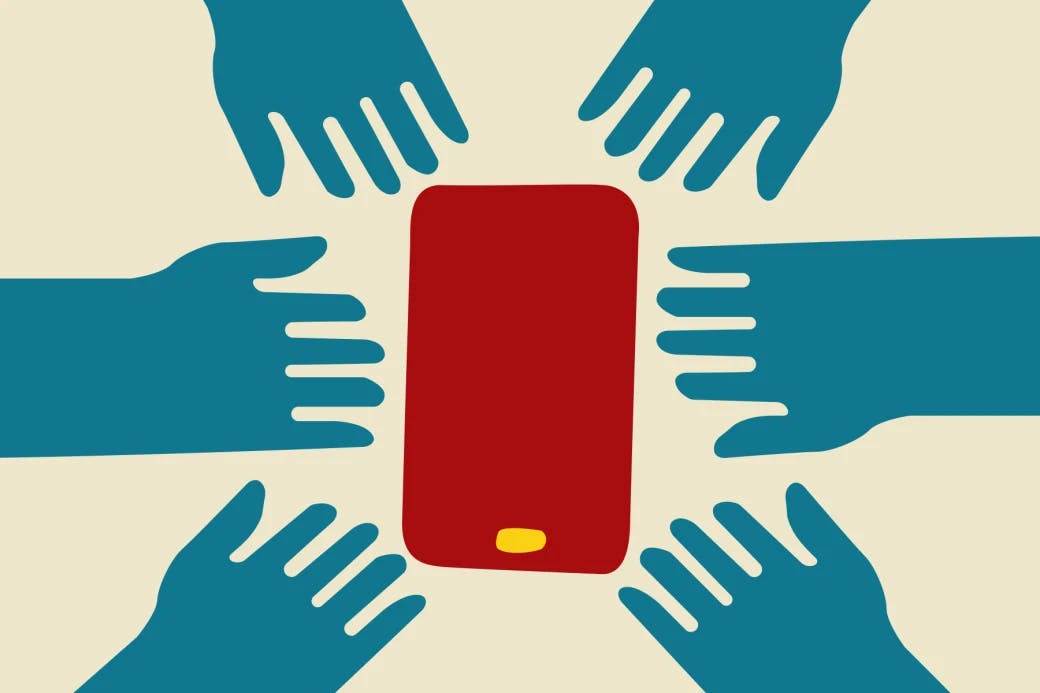Creative collaboration in a virtual studio
Here I Am is a fully remote research, design and tech studio. Our team is currently divided between Kenya, Nigeria, Portugal, Rwanda, South Africa and the UK, although our wider network of collaborators spans the world. Our vision is for Here I Am to become a global organisation, with a global workforce, so virtual collaboration is central to our process.
In 2022, our digital products and services were used in 25 countries, so for us being ‘global’ doesn't mean having offices in the usual tech hotspots in the Global North, but instead a network of hubs of talent that have cultural connections and empathy with the work we do, in the places we do it.
A fully remote team and workflow does come with its challenges. We’re proud to have overcome some significant operational barriers, through careful selection of some excellent software and a relentless test and evolve ethos. However, creative collaboration is harder to re-create virtually, and this is something that we are obsessed with overcoming at Here I Am.
The early morning chat indulging the lastest design inspiration, the clusters of team members animated around a screen, the tap on a shoulder for rapid creative feedback, or the back and forth on design directions during the lunch run. These moments of creativity are central to the creative process, but they’re hard to anticipate and therefore schedule in a virtual world.
Full disclosure, as we write this, we don’t have all the answers. But we do have some techniques that we’re trying, testing and evolving - and we’ll keep doing so as our global footprint grows, to ensure our creativity grows with us.
1. Collaborative kindness
The most important aspect of collaboration is understanding that everyone works differently - and with remote working those differences can often be accentuated. In a design studio there are visual cues to the current mindset of a colleague. Headphones on and a face of concentration and you’re unlikely to interrupt them, whereas leaning back chatting to their neighbour and it might be a good moment to bounce some ideas with them.
Virtually, this is challenging to read, so we’ve created a User Manual for every member of the team. Completing the following questions has allowed us to empathise more with each others ways of working and find the most considerate ways to request for their time.
We’d highly recommend it and it’s also a great exercise of self reflection.
- ⏰ Times/hours I like to work
- 🗣️ Best ways to communicate with me
- 🪄 Things I need to be my best
- 😩 Things I struggle with
- 💓 Things I love
- 🪴 Conditions I like to work in
2. A channel for every context
The ways in which we collaborate vary by project, by phase, by team and by individual - therefore we’ve found that widening the channels of collaboration, and deploying the best channel for that precise moment and context can actually lead to a simplified workflow. We don’t shy away from introducing a new channel into the mix, so long as it serves a unique purpose and the team has a shared understanding of its usage.
For example, we work flexible hours, across multiple time zones, so collaboration is often asynchronous. Therefore we have found recent benefits in recording Looms for other team members to ensure work can continue across time zones, or simply that individuals can watch at a time that suits them best. A video update, briefing or knowledge share is that much more personal than reams of copy to read.
Figjam, Google Drive, Google Meet, Notion, Slack and Zoom are unsurprisingly among our collaboration tools. But we’re also excited about the integrations of these tools into our design software.
Figma for example has launched a recent integration with Google Meet allowing you to present Figma design files, prototypes, or FigJam boards, and interact with them without leaving Google Meet. We’re also fans of the Cursor Chat and Figma Audio functions, which again enable communication within the context of the work. These are subtle differences to ways of working, but they do make a difference in easing collaboration.
3. Inspiration and learning on the agenda
In some ways, the main barrier to virtual creative collaboration is not so much the lack of a shared physical space, but the time-boxing nature of scheduled virtual calls.
Creative inspiration and independent learning is a critical aspect of what makes us great designers, and is core to our ethos at Here I Am. However we’ve noticed that when your day is structured with a series of virtual sessions, so designed to create moments of collaboration, the more spontaneous, creative, inspiration activities become deprioritised.
We’re trialing a few methods to combat this.
- Adding inspiration as an agenda item across a variety of session types, to cement it into the everyday workflow
- Scheduling frequent inspiration sessions that are not directly project related, but instead about creative stimulus to inspire passion and great work overall
- One to one learning sessions to build connections between team members and to share our skills, knowledge and creativity
- Weekly demos of project work to share learnings between projects
These tactics help to prioritise time and space to improve what we do and to flex our creative muscles.
4. Personal connections
In a virtual studio, it’s not uncommon for team members to join before having met everyone in person. This is something we’re used to now, but it’s so important to take the time to build those personal connections with the team in order to work better together and most importantly to enjoy that work.
Not unlike moments of creativity, these moments of personal connection also need to be made space for. Our daily stand up always begins with a general catch up, largely made up of TV recommendations, but also often we share something personal which really does make a difference to how we work together.
Next week the Here I Am core design team will meet in person in Nairobi for an interactive workshop expanding how we can further optimise our creative collaboration. Getting together in person is such a highlight and helps to strengthen our ways of working and further elevate the work that we create together.
Inspired by this post?
We love to share perspectives, thoughts and ideas on creating digital ways to include the excluded. If you have a problem you'd like to discuss, we'd love to hear from you.
